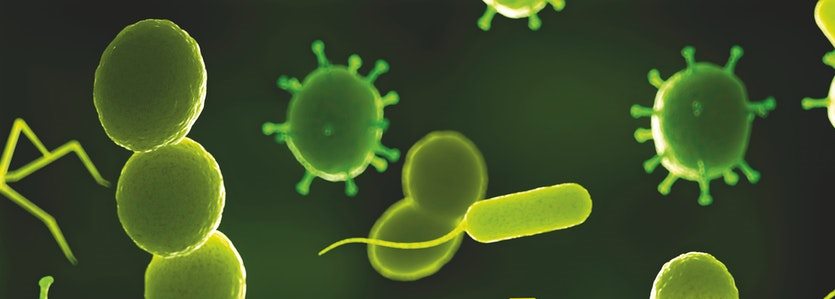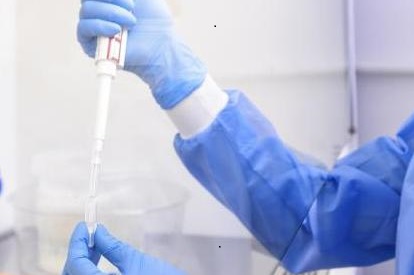PATHOGENICITY ISLANDS
Pathogenicity islands (PAIs) are the regions of bacterial chromosome (usually of foreign origin) that contain clusters of genes that provoke virulence in the microbe. They are usually acquired by pathogenic bacteria by horizontal gene transfer in the environment; and only pathogenic bacteria harbour PAIs as they are normally absent in non-virulent bacteria of the same […]
PATHOGENICITY ISLANDS Read More »
Bacteriology









